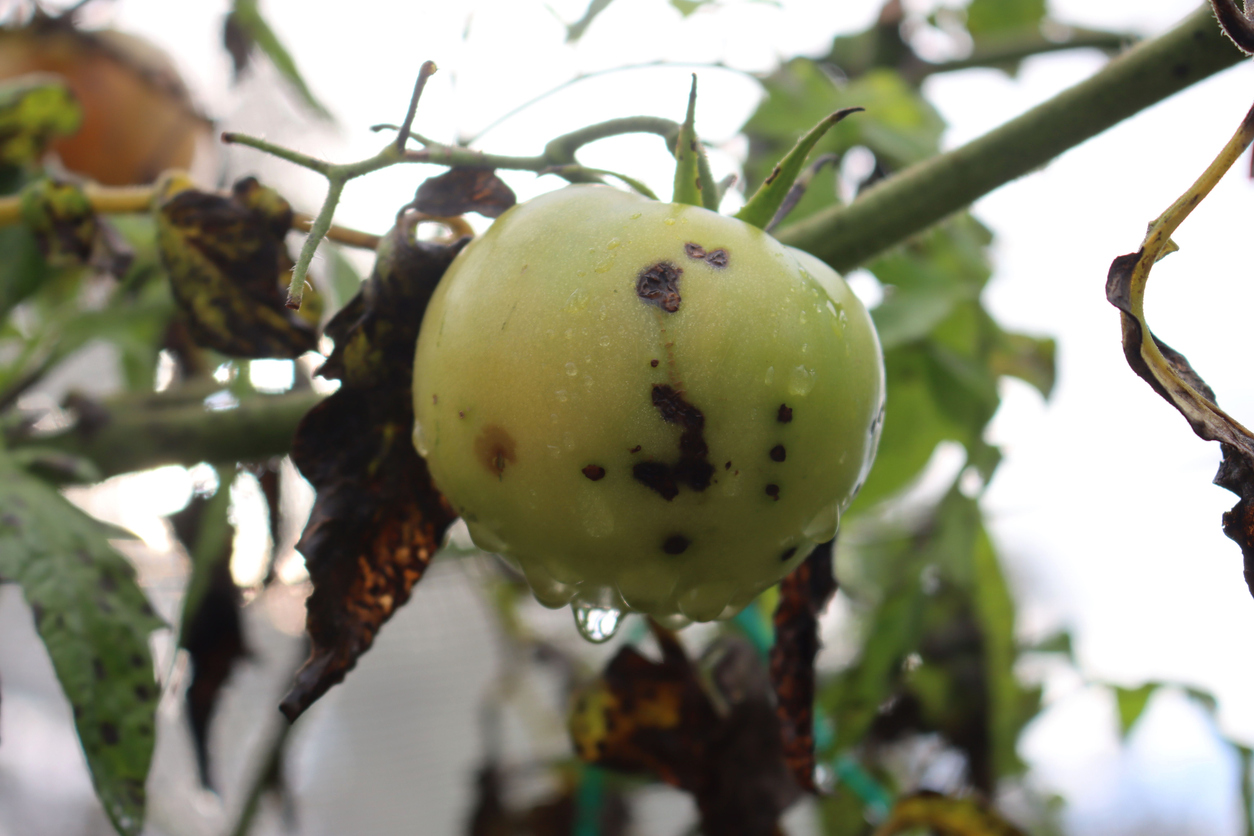
Study Unravels Cause of Tomato Bacterial Spot's Global Spread
April 30, 2025| |
Tomatoes are a vital agricultural commodity in the US, representing a $1.9 billion annual crop grown across 330,000 acres. However, diseases like bacterial spot pose a major threat to this popular crop. These diseases can severely reduce yields and increase production costs, and their management is complicated by the genetic diversity, rapid evolution, and long-distance travel capabilities of the pathogens. Scientists and growers have been battling bacterial spot, caused by various forms of Xanthomonas bacteria, for over a century.
One aggressive strain, the Xanthomonas euvesicatoria pathovar perforans, emerged in Florida over 30 years ago and has since spread throughout the eastern US. A research funded by the US Department of Agriculture is uncovering the cause of its successful spread. A global team of scientists, led by University of Florida plant pathologists, discovered that the bacterial spot pathogen exhibits significant genetic variations across different countries. The pathogen can travel through infected plants and survive in tomato seeds shipped globally, as evidenced by a 12-year study analyzing samples from 13 countries on six continents.
This genetic diversity presents challenges for disease control, as new variations arriving in regions like Florida can lead to more severe symptoms and potentially spread to other crops like peppers. However, this detailed genetic information offers hope for plant breeders. By understanding the global pathogen diversity, scientists can focus on developing disease-resistant tomato varieties that target conserved genetic features within the pathogen population. This knowledge will also improve the ability to monitor the movement of new and potentially threatening pathogen strains, ultimately aiding in the development of more durable and effective resistance strategies against bacterial spot.
Know more from the original article of the University of Florida.
| |
You might also like:
- Researchers Develop Tomato Plants that Contain Full Genetic Material of Both Parent Plants
- Scientists Identify Tomato Plants' Mechanism for Heat Tolerance
- Gene-edited Tomato Exhibits Improved Drought Resistance and Fruit Yield
Biotech Updates is a weekly newsletter of ISAAA, a not-for-profit organization. It is distributed for free to over 22,000 subscribers worldwide to inform them about the key developments in biosciences, especially in biotechnology. Your support will help us in our mission to feed the world with knowledge. You can help by donating as little as $10.
-
See more articles:
-
Plant
- Analysis Identifies Specific Genes Found in All Grasses
- Study Unravels Cause of Tomato Bacterial Spot's Global Spread
- Pangenome Analysis Reveals Genetic Key to Larger Peanut Yields
- Researchers Develop Transgene-free Edited Banana
- Field Trials of Bt Cowpea Reveal Effective Resistance to Pest in Ghana
- USDA-APHIS Designates Cibus' Disease Resistance Traits for Gene-Edited Canola as Not Regulated
- Transgenic Cowpea Confers Insect Resistance and Herbicide Tolerance
-
Environment
- New CRISPR Technique Reveals Hidden Microbial Diversity
-
Read the latest: - Biotech Updates (December 10, 2025)
- Gene Editing Supplement (December 17, 2025)
- Gene Drive Supplement (February 22, 2023)
-
Subscribe to BU: - Share
- Tweet

